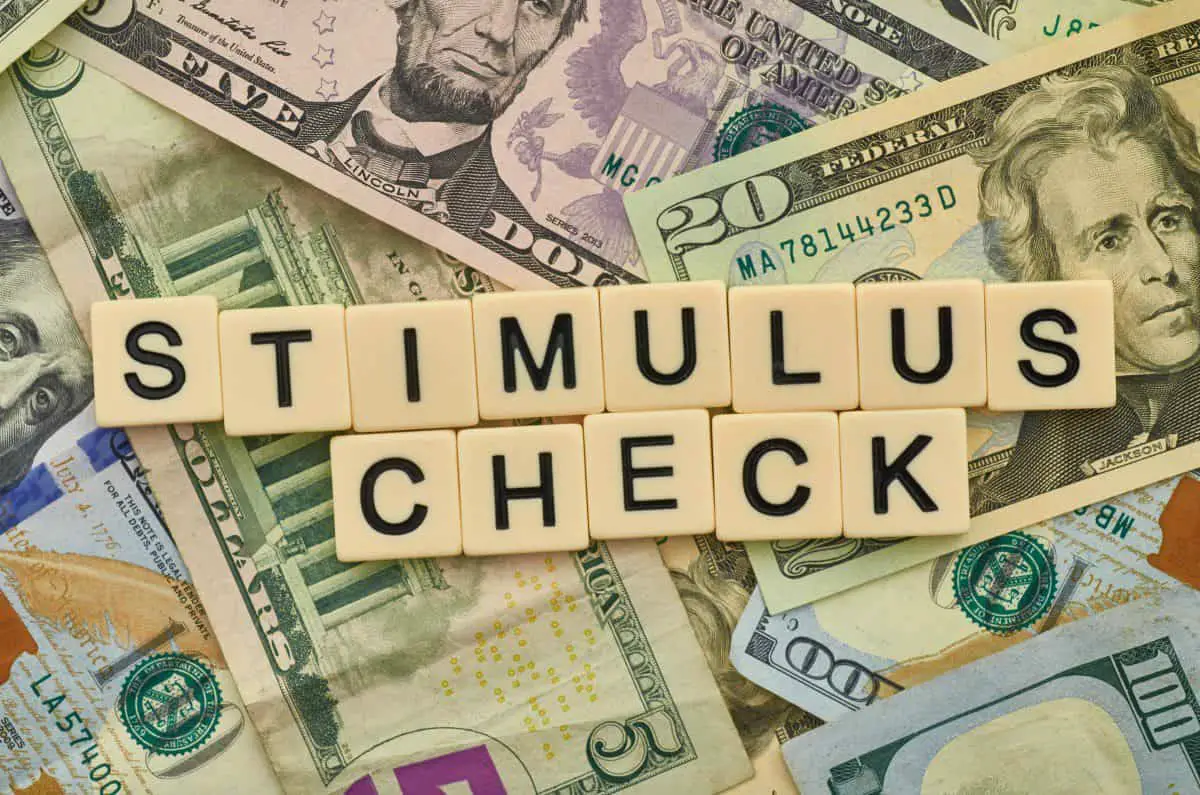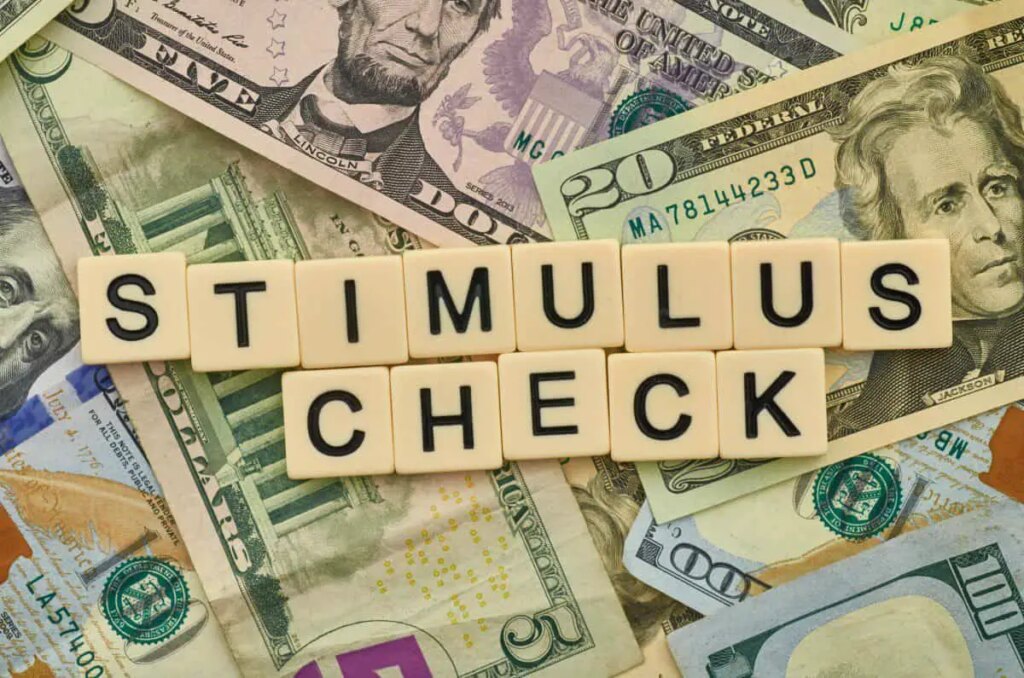Stimulus Check Program and its Effect on Poverty Rates in Pennsylvania: The COVID-19 pandemic had a profound impact on the lives of Pennsylvanians, leading to widespread economic hardship and a surge in poverty rates. In response, the federal government implemented a series of stimulus check programs, aimed at providing financial relief to individuals and families struggling during this unprecedented time.
This analysis examines the impact of these stimulus checks on poverty rates in Pennsylvania, exploring their effectiveness in mitigating economic hardship and addressing the underlying causes of poverty.
This study will delve into the specifics of the stimulus check programs implemented in Pennsylvania, including their timeline, eligibility criteria, and distribution across different demographic groups. It will also investigate the pre-existing poverty rates in the state and analyze how the pandemic exacerbated these challenges.
By examining the economic factors contributing to poverty, such as unemployment, low wages, and lack of affordable housing, we can gain a deeper understanding of the complex interplay between stimulus checks and poverty reduction.
The Stimulus Check Program and its Effect on Poverty Rates in Pennsylvania
The COVID-19 pandemic had a devastating impact on the economy, leaving millions of Americans unemployed and struggling to make ends meet. In response to this crisis, the federal government implemented a series of stimulus check programs, designed to provide direct financial assistance to individuals and families.
These programs, while intended to provide temporary relief, had a significant impact on poverty rates across the country, including in Pennsylvania. This article explores the stimulus check programs implemented in Pennsylvania, examines their potential impact on poverty rates, and discusses the broader economic and social factors contributing to poverty in the state.
Stimulus Check Programs in Pennsylvania, Stimulus Check Program and its Effect on Poverty Rates in Pennsylvania
Pennsylvania residents were eligible for the same stimulus checks issued by the federal government during the COVID-19 pandemic. These programs provided direct payments to individuals and families to help offset economic hardship caused by the pandemic.
- The CARES Act (March 2020):The Coronavirus Aid, Relief, and Economic Security (CARES) Act provided a one-time stimulus check of up to $1,200 per individual and $2,400 per married couple, with an additional $500 per dependent child. Eligibility was based on income levels and filing status.
Further details about Stimulus Check Payments and Child Support Obligations in Ohio is accessible to provide you additional insights.
- The Consolidated Appropriations Act (December 2020):This act provided a second round of stimulus checks, with the same amount as the CARES Act. Eligibility criteria remained similar to the first round.
- The American Rescue Plan Act (March 2021):The American Rescue Plan Act provided a third round of stimulus checks, with a maximum amount of $1,400 per individual and $2,800 per married couple. The eligibility criteria were slightly more generous than previous rounds, with higher income thresholds.
The distribution of stimulus checks across different demographic groups in Pennsylvania is not readily available. However, national data suggests that the checks were more likely to be received by individuals and families with lower incomes, as they were more likely to have experienced job losses or reduced income during the pandemic.
Poverty Rates in Pennsylvania
Pennsylvania has a history of relatively high poverty rates, particularly in certain regions and demographic groups. The COVID-19 pandemic exacerbated existing economic inequalities, leading to an increase in poverty rates across the state.
According to the U.S. Census Bureau, the poverty rate in Pennsylvania was 11.7% in 2019, before the pandemic. This means that over 1.2 million Pennsylvanians were living below the poverty line. The pandemic’s impact on the economy led to a significant increase in unemployment and a decline in wages, further pushing many individuals and families into poverty.
The socioeconomic groups most affected by poverty in Pennsylvania include:
- Minority populations:Black and Hispanic Pennsylvanians have consistently experienced higher poverty rates than their white counterparts. This disparity is rooted in historical and ongoing systemic inequalities, including discrimination in housing, education, and employment.
- Single-parent households:Single-parent households, particularly those headed by women, are more likely to live in poverty due to factors such as lower wages, limited access to childcare, and the gender pay gap.
- Rural communities:Rural communities in Pennsylvania often face higher poverty rates due to limited job opportunities, lower wages, and a lack of access to affordable healthcare and education.
- Individuals with disabilities:Individuals with disabilities face significant barriers to employment and economic self-sufficiency, leading to higher poverty rates.
Impact of Stimulus Checks on Poverty Rates
The stimulus checks provided temporary financial relief to millions of Americans, potentially mitigating the negative impact of the pandemic on poverty rates. While the long-term effects of these programs are still being studied, research suggests that stimulus checks can have a significant impact on reducing poverty, at least in the short term.
Check what professionals state about Future of the Stimulus Check Program in Michigan and its benefits for the industry.
A study by the Center on Budget and Policy Priorities found that the first round of stimulus checks in 2020 reduced poverty by 2.5 percentage points, lifting an estimated 1.3 million Americans out of poverty. While this study focused on national data, it suggests that stimulus checks can have a tangible impact on reducing poverty.
However, the impact of stimulus checks on poverty rates is likely to be complex and vary depending on a range of factors, including the size of the payments, the duration of the program, and the broader economic context.
Economic Factors Contributing to Poverty
Poverty in Pennsylvania is driven by a complex interplay of economic factors, including:
- Unemployment:Pennsylvania’s unemployment rate has fluctuated over the years, with periods of high unemployment exacerbating poverty rates. The COVID-19 pandemic led to a sharp increase in unemployment, pushing many individuals and families into financial hardship.
- Low wages:Many jobs in Pennsylvania offer low wages, making it difficult for individuals and families to meet their basic needs. This is particularly true for jobs in sectors such as retail, food service, and hospitality.
- Lack of affordable housing:The cost of housing in Pennsylvania, particularly in urban areas, has risen significantly in recent years. This has made it difficult for low-income individuals and families to find affordable and safe housing, contributing to housing instability and poverty.
The COVID-19 pandemic has further exacerbated these economic factors, leading to job losses, wage reductions, and increased housing insecurity. The pandemic has highlighted the vulnerabilities of low-income individuals and families, underscoring the need for comprehensive policies to address poverty and promote economic security.
Social Safety Net Programs
Pennsylvania offers a range of social safety net programs to provide support to low-income individuals and families. These programs include:
- SNAP (Supplemental Nutrition Assistance Program):SNAP provides food assistance to low-income households. This program helps ensure that individuals and families have access to nutritious food, reducing food insecurity and poverty.
- TANF (Temporary Assistance for Needy Families):TANF provides financial assistance to families with children who are experiencing financial hardship. This program helps families meet their basic needs and promotes self-sufficiency.
- Medicaid:Medicaid provides health insurance coverage to low-income individuals and families, ensuring access to essential healthcare services. This program helps prevent medical debt and financial hardship, which can contribute to poverty.
- Housing assistance programs:Pennsylvania offers various housing assistance programs, such as rental assistance and public housing, to provide affordable housing options to low-income individuals and families.
These programs play a crucial role in reducing poverty in Pennsylvania by providing essential resources and support to low-income individuals and families. However, the effectiveness of these programs is often limited by factors such as inadequate funding, bureaucratic hurdles, and stigma associated with receiving public assistance.
Examine how Upcoming Deadlines for Pennsylvania Stimulus Check Applications can boost performance in your area.
Policy Recommendations

Addressing poverty in Pennsylvania requires a comprehensive approach that includes both economic and social policy solutions. Some key policy recommendations include:
- Increase the minimum wage:Raising the minimum wage would provide a much-needed boost to low-wage workers, helping them earn a living wage and escape poverty.
- Expand access to affordable housing:Investing in affordable housing development and providing rental assistance would help alleviate housing insecurity and reduce poverty.
- Strengthen social safety net programs:Increasing funding for SNAP, TANF, and Medicaid would ensure that these programs can effectively meet the needs of low-income individuals and families.
- Invest in job training and education:Providing access to job training and education programs would help individuals acquire the skills and knowledge needed to secure good-paying jobs and achieve economic self-sufficiency.
- Address systemic inequalities:Addressing systemic inequalities in housing, education, and employment would help create a more equitable society and reduce poverty rates among minority populations.
Implementing these policy recommendations would require significant investment and political will, but they have the potential to make a real difference in reducing poverty in Pennsylvania and creating a more just and equitable society.
Obtain direct knowledge about the efficiency of Pennsylvania Stimulus Check Distribution Current Status through case studies.
Final Conclusion
The impact of the stimulus checks on poverty rates in Pennsylvania remains a subject of ongoing research and debate. While the programs provided temporary financial relief to many, addressing the root causes of poverty requires a multifaceted approach that includes not only economic interventions but also social safety net programs and policies aimed at improving access to education, healthcare, and affordable housing.
By understanding the strengths and limitations of stimulus checks, policymakers can better inform their strategies for mitigating poverty and promoting economic security for all Pennsylvanians.
FAQ Guide
What were the specific amounts of the stimulus checks issued in Pennsylvania?
The amounts of the stimulus checks varied depending on the program and individual circumstances. The first round of stimulus checks in 2020 provided up to $1,200 per adult and $500 per child. Subsequent stimulus checks and tax credits had different eligibility criteria and payment amounts.
How were the stimulus checks distributed in Pennsylvania?
The stimulus checks were distributed through direct deposit, mailed checks, or debit cards, depending on the recipient’s preferred method. The distribution was based on information provided to the IRS through tax returns.
You also can understand valuable knowledge by exploring Recent Changes to Pennsylvania Stimulus Check Eligibility Requirements.
Did the stimulus checks have a significant impact on poverty rates in Pennsylvania?
While the stimulus checks provided temporary relief, their long-term impact on poverty rates is still being studied. Some research suggests that the programs may have helped to mitigate the severity of the economic downturn, but more data is needed to fully assess their effectiveness.






